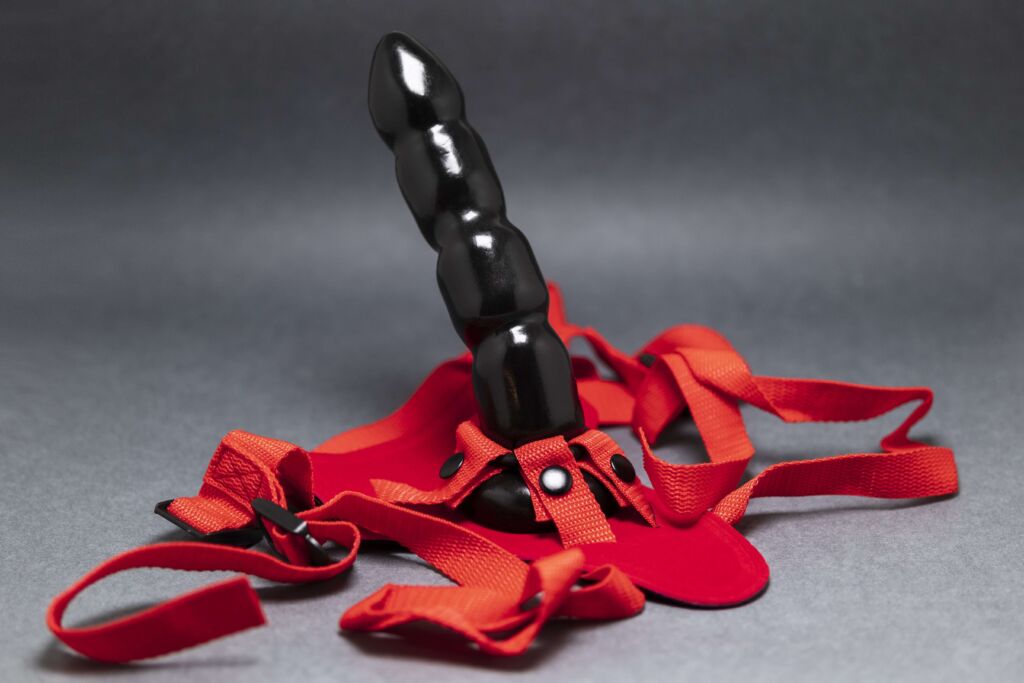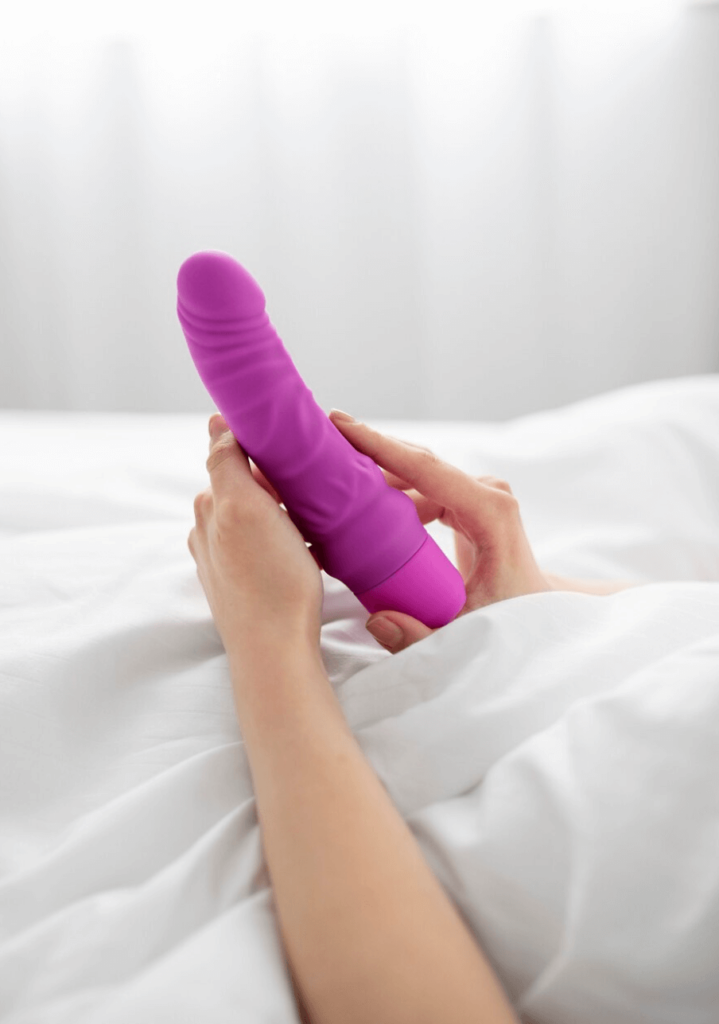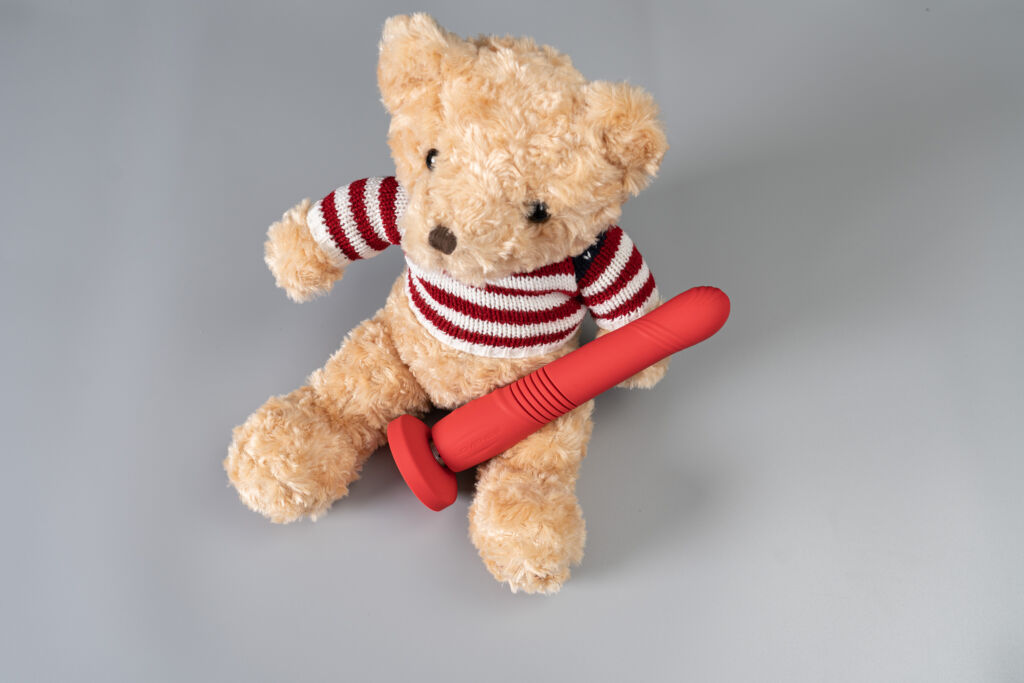
Introduction to Dildo Terminology
In our quest to uncover the roots of the term ‘dildo‘, it’s essential to appreciate not just its linguistic origins, but also its significance in today’s world. A dildo, more than just a sex toy, is a symbol of personal exploration and liberation. Tracing its etymology not only enlightens us about the word itself but also reflects societal attitudes towards sexuality across different eras. Let’s embark on this enlightening journey, delving deep into history to understand how a simple term evolved to carry such profound implications in the realm of sexual wellness.

Historical Origins of the Word ‘Dildo’
The story of the word ‘dildo’ is as intriguing as the object it describes. Tracing its historical origins takes us back several centuries, through various cultures and languages. The word is believed to have first appeared in English literature in the 16th century, though its exact etymology remains a matter of some debate among historians and linguists.
Early Mentions and Theories:
- Renaissance Literature: The term was notably used in Renaissance-era poems and plays, often shrouded in innuendo and humor.
- Possible Origins: Some theories suggest it may have derived from an Italian word ‘diletto’, meaning delight, or possibly an obscure English word for a type of cloak.
Etymological Timeline:
| Century | Usage Context | Likely Influence |
|---|---|---|
| 16th | Poems and plays | Italian ‘diletto’ |
| 17th | More explicit references | Growing sexual openness |
| 18th – 20th | Wider societal usage | Evolving sexual attitudes |
Etymological Journey of the Word
As language evolves, so does the meaning and usage of words. The term ‘dildo’ has undergone a significant transformation, morphing from a veiled reference in literary works to a mainstream term in modern dialogue. This transition is not just linguistic; it mirrors the evolving attitudes towards sex and pleasure.
Linguistic and Societal Evolution:
- From Taboo to Acceptance: The journey of the word ‘dildo’ is a testament to changing societal norms around sexuality and pleasure.
- Modern Usage: Today, the term is used openly, reflecting a more accepting and open attitude towards sexual exploration.

Cultural Significance of Dildos
The cultural impact of dildos extends far beyond their physical use. They have been symbols in various societies, each reflecting unique attitudes towards sexuality. From ancient artifacts to modern-day representations, dildos have held significant cultural and symbolic weight.
Societal Perspectives:
- Ancient Civilizations: In societies like ancient Greece and Rome, dildos were often associated with fertility rituals and goddess worship.
- Medieval and Renaissance Views: During these periods, dildos were sometimes seen as tools of both pleasure and scandal, reflecting the complex attitudes towards sexuality.

Dildos in Literature and Art
The representation of dildos in literature and art offers a fascinating glimpse into how sexuality has been perceived and expressed throughout history.
Artistic Expressions:
- Literary References: From Shakespeare’s suggestive puns to the bawdy poems of the Renaissance, dildos have been alluded to with a mix of humor and provocation.
- Visual Arts: Ancient sculptures and modern artworks have occasionally incorporated dildos, often as symbols of fertility or eroticism.
The Evolution of Dildo Design
Dildo design has evolved significantly, mirroring advances in technology and changing social attitudes. From primitive phallic objects to sophisticated modern designs, the evolution of dildos is a testament to human ingenuity and changing perceptions of pleasure.
Design Milestones:
- Early Designs: Initially, dildos were rudimentary in design, often made from materials like stone, wood, or leather.
- 20th Century to Present: Advances in materials science and manufacturing have led to a diverse range of designs, emphasizing comfort, safety, and functionality.
Design Evolution Table:
| Era | Material | Design Focus |
|---|---|---|
| Ancient | Stone, Wood | Symbolism, Ritual |
| Renaissance | Leather, Cloth | Discretion, Pleasure |
| Modern | Silicone, Plastics | Safety, Comfort |
Differentiating Dildos from Other Sex Toys
Understanding the distinctions between dildos and other sex toys is crucial for both informed usage and historical insight. While dildos are often lumped together with vibrators, they have unique characteristics that set them apart.
Key Differences:
- Functionality: Dildos are typically designed for penetration and do not vibrate, unlike vibrators, which often have built-in motors for additional stimulation.
- Usage: The use of dildos often focuses on mimicking the experience of penetration, whereas vibrators target a broader range of erogenous zones.
Materials Used in Dildo Manufacturing
The choice of material in a dildo’s construction is not just about aesthetics; it’s about safety, functionality, and comfort. Over the years, there has been a significant shift towards using body-safe and hygienic materials.
Commonly Used Materials:
- Silicone: Highly popular for its safety, flexibility, and ease of cleaning.
- Glass and Metal: Chosen for their durability and the unique sensations they offer, such as temperature play.

Dildos and Modern Society
In modern society, dildos are more than just sexual devices; they’re seen as tools for personal empowerment and sexual health. Their acceptance and use reflect the broader liberalization of attitudes towards sexuality.
Contemporary Usage:
- Sexual Wellness: Increasingly used as part of a healthy, explorative sexual lifestyle.
- Representation in Media: Dildos are now more openly discussed and represented in media, reflecting and contributing to their normalization in society.

Psychological Perspectives on Dildo Use
Diving into the psychological aspects, dildos are more than just physical tools; they play a significant role in the sexual psyche. They’re often seen as instruments of personal exploration and a means to understand and enhance one’s sexual identity.
Impact on Sexual Wellbeing:
- Self-Exploration: Dildos offer a safe way for individuals to explore their bodies and preferences.
- Therapeutic Use: In some cases, therapists recommend dildos for overcoming sexual health issues or enhancing sexual function.
Legal and Ethical Considerations
The use and sale of dildos also intersect with legal and ethical considerations. Different regions have varying laws regarding the sale and promotion of sex toys.
Navigating Legalities:
- Sales Restrictions: Some countries or states have specific laws regulating the sale and advertising of sex toys like dildos.
- Ethical Manufacturing: There’s a growing focus on ethical production practices, ensuring that products are made safely and responsibly.
The Future of Dildo Technology
As we look forward, the future of dildo technology appears to be bright and innovative. The advancements are likely to focus on enhancing user experience and inclusivity.
Predicted Innovations:
- Smart Features: Integration with technology for personalized experiences.
- Inclusive Design: More focus on creating designs that cater to a diverse range of needs and preferences.
Cultural and Societal Impact of Dildos
The presence of dildos in society reflects broader cultural and sexual dynamics. They serve as indicators of how societies perceive and engage with sexual wellness and freedom.
Societal Reflections:
- Sexual Liberation: Dildos are often seen as symbols of sexual freedom and empowerment.
- Cultural Dialogue: Their increasing acceptance sparks conversations about sexuality and health.
Myths and Misconceptions
Despite the progress, there are still many myths and misconceptions surrounding dildo use. Addressing these is crucial for informed and safe usage.
Debunking Myths:
- Addiction Fears: The myth that using dildos can lead to addiction is unfounded and not supported by sexual health experts.
- Impact on Relationships: The misconception that dildos replace partners is misleading; they are often used to enhance mutual experiences.
Global Perspectives on Dildo Use
Exploring global perspectives highlights the varied attitudes towards dildos. It’s a window into how different cultures interact with sexual wellness products.
Worldwide Attitudes:
- Acceptance and Taboos: While some cultures embrace sexual exploration tools like dildos, others still hold taboos against them.
- Legal Status: The legal status of dildos varies globally, reflecting differing cultural norms and laws.
Dildos in Sexual Education
Incorporating dildos into sexual education can be a progressive step towards promoting safe and enjoyable sexual experiences.
Educational Importance:
- Demystifying Sex Toys: Educators can play a role in demystifying sex toys, promoting safe and consensual practices.
- Body Positivity: Using such tools in education can foster body positivity and self-acceptance.

Health and Safety Tips
Focusing on health and safety is paramount when using dildos. Ensuring proper use and maintenance is key to a safe and enjoyable experience.
Safety Guidelines:
- Hygiene Practices: Regular cleaning and proper storage are essential for maintaining hygiene.
- Using Lubricants: The correct use of lubricants can enhance the experience and prevent discomfort.
Conclusion
Our comprehensive exploration of why a sex toy is called a dildo reveals a rich tapestry of history, culture, and personal significance. Understanding this not only enlightens us about the term itself but also about our collective and individual sexual journeys.
